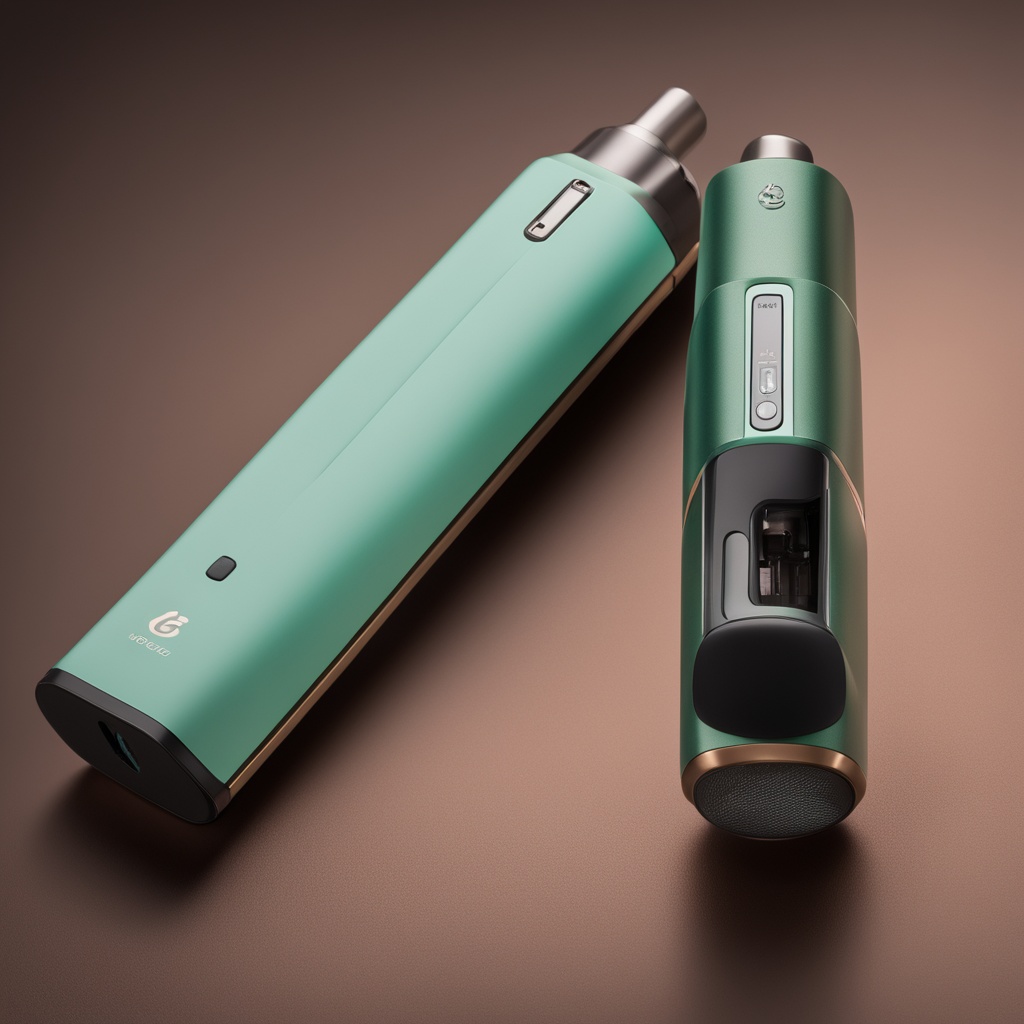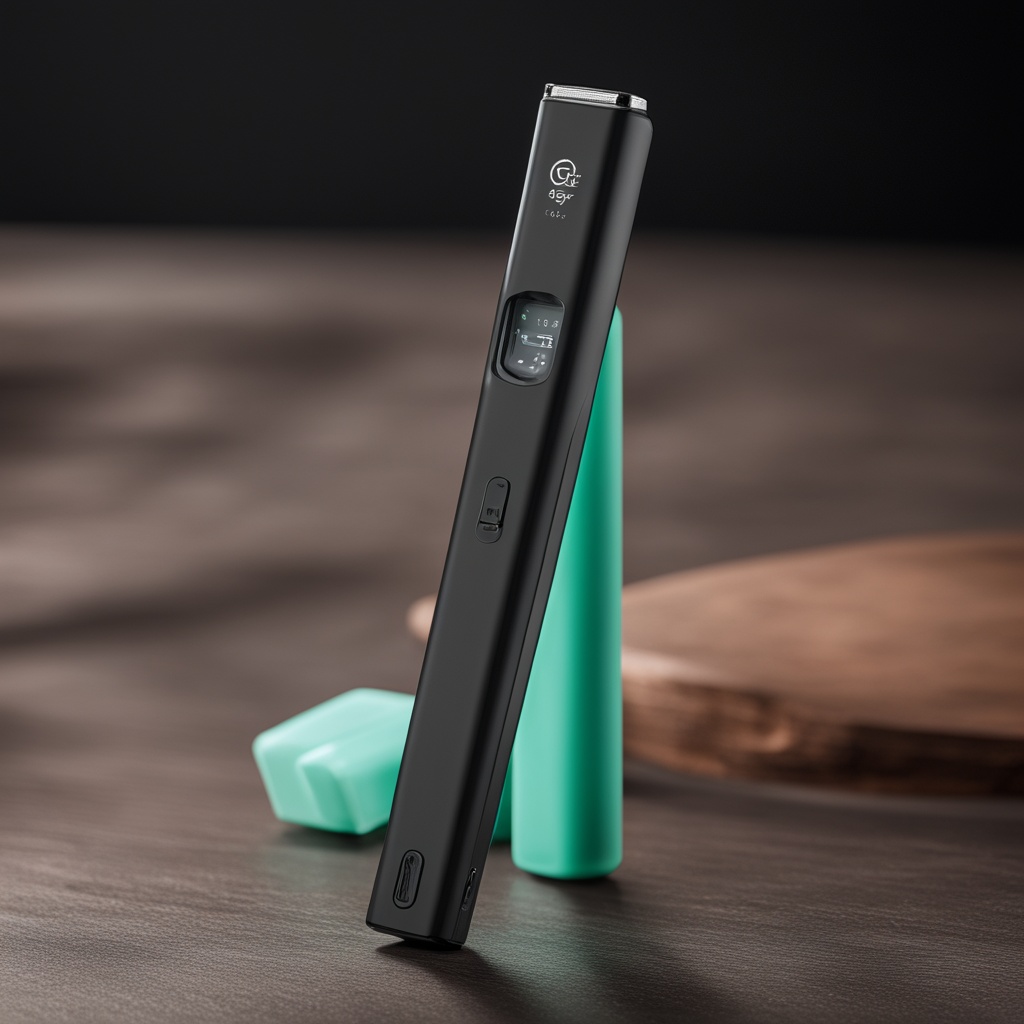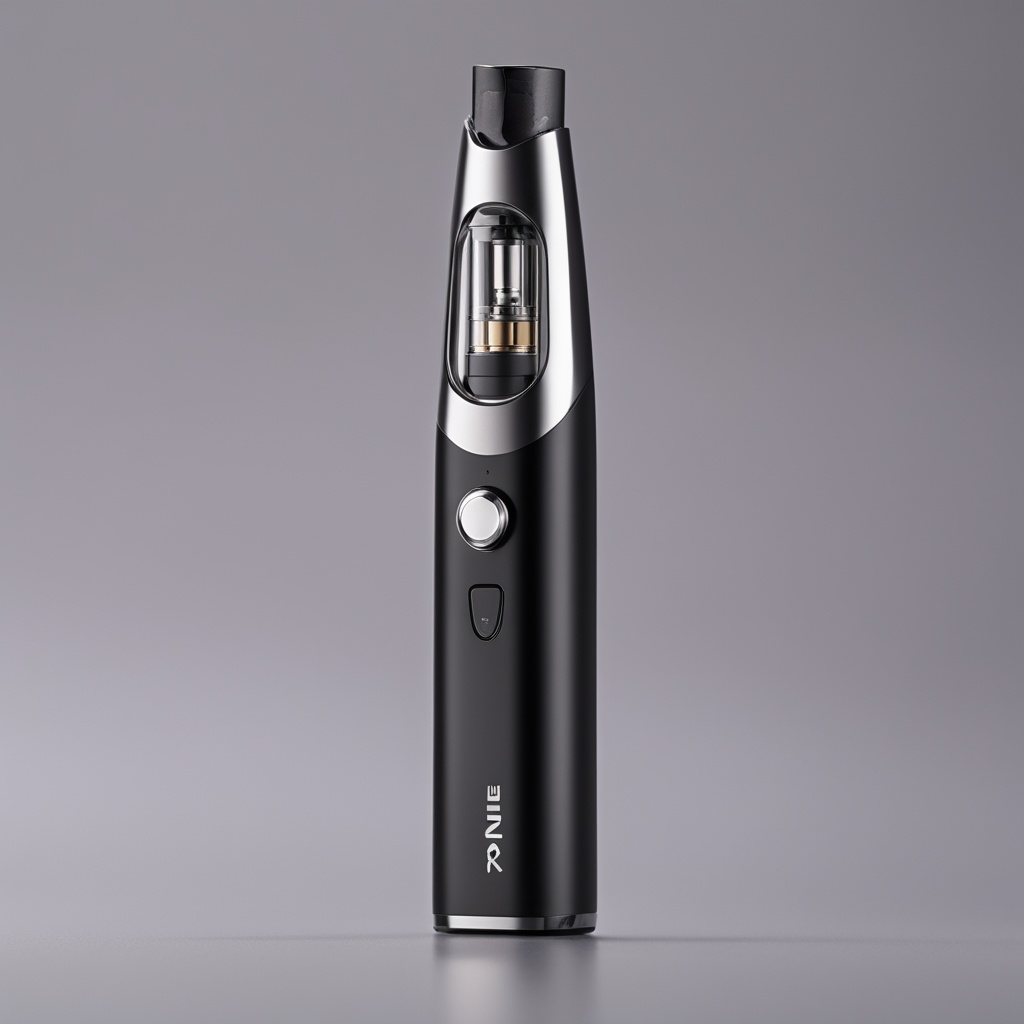
Big Vapes: The Rise of E-Cigarettes in Australia and Beyond
The global phenomenon of Big Vapes has transformed the way people consume nicotine, offering an alternative to traditional smoking. In Australia, where tobacco regulations are stringent, these devices have sparked both enthusiasm and controversy. This article explores the cultural, health, and regulatory landscapes surrounding e-cigarettes, diving into why they’ve become a focal point for users and policymakers alike.
The Appeal of Modern Vaping Devices
What makes Big Vapes so popular? For many, it’s the blend of customizability and convenience. Unlike traditional cigarettes, these devices allow users to adjust nicotine levels, flavors, and even vapor density. In Australia, where smoking rates have declined steadily, vaping has emerged as a cultural shift—especially among younger adults. But is this shift entirely positive?
Health Debates and Scientific Findings
The health implications of e-cigarettes remain hotly contested. Proponents argue that vaping is 95% less harmful than smoking, citing studies from Public Health England. Critics, however, point to rising cases of lung injuries and nicotine addiction among teens. Australian health authorities have taken a cautious stance, emphasizing that “the long-term effects are still unknown.” So, where does the truth lie?
- Reduced exposure to carcinogens compared to cigarettes
- Potential risks from unregulated flavor additives
- Concerns about youth uptake and nicotine dependency
Regulatory Challenges in Australia
Australia’s approach to Big Vapes is among the strictest globally. Nicotine-containing e-cigarettes require a prescription, and advertising bans are rigorously enforced. Yet, the black market thrives, with devices often smuggled from overseas. This raises critical questions: Are current laws effective? Or do they inadvertently fuel illicit trade?
The Cultural Impact of Vaping
From social media influencers to local vape shops, the culture around e-cigarettes is undeniable. Vape tricks, limited-edition flavors, and sleek device designs have turned vaping into a lifestyle. In Australia, this trend clashes with public health campaigns urging caution. Is vaping a tool for smoking cessation or a gateway to nicotine addiction? The answer may depend on who you ask.
The Future of Big Vapes
Innovation continues to drive the industry. Newer models of Big Vapes feature longer battery life, enhanced safety mechanisms, and biodegradable components. Meanwhile, researchers are exploring nicotine-free alternatives. But with governments worldwide tightening regulations, the future of vaping remains uncertain. Will Australia’s policies adapt, or will they double down on restrictions?
Frequently Asked Questions
Are e-cigarettes legal in Australia?
Yes, but nicotine-containing products require a medical prescription. Non-nicotine devices are more accessible but still regulated.
Can vaping help quit smoking?
Some studies suggest it can, but health officials recommend consulting a doctor first.
Why are flavors controversial?
Critics argue that sweet or fruity flavors appeal to minors, increasing the risk of early nicotine use.
How does Australia’s stance compare to other countries?
Australia is stricter than the U.S. and U.K., where vaping is more widely accepted as a harm-reduction tool.
Conclusion: Balancing Innovation and Caution
The debate over Big Vapes reflects broader tensions between personal freedom and public health. While these devices offer a less harmful alternative for smokers, their appeal to non-smokers—especially youth—remains a pressing concern. For Australia, navigating this landscape will require evidence-based policies and ongoing dialogue with users, manufacturers, and health experts. As the industry evolves, one question lingers: Can society harness the benefits of vaping without repeating the mistakes of the tobacco era?








